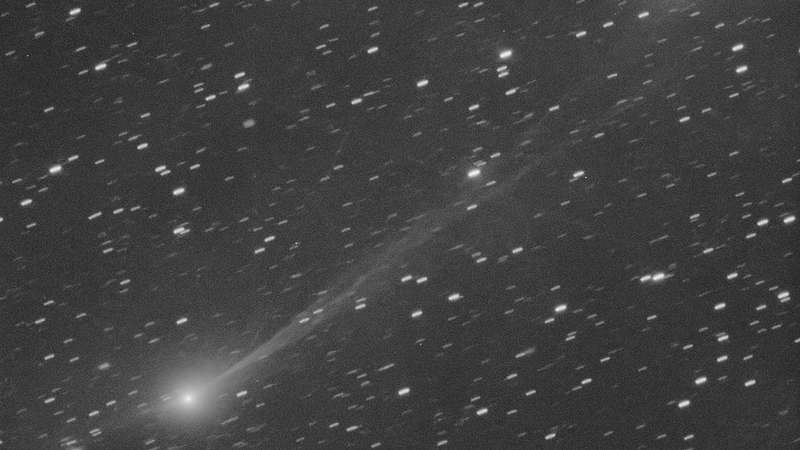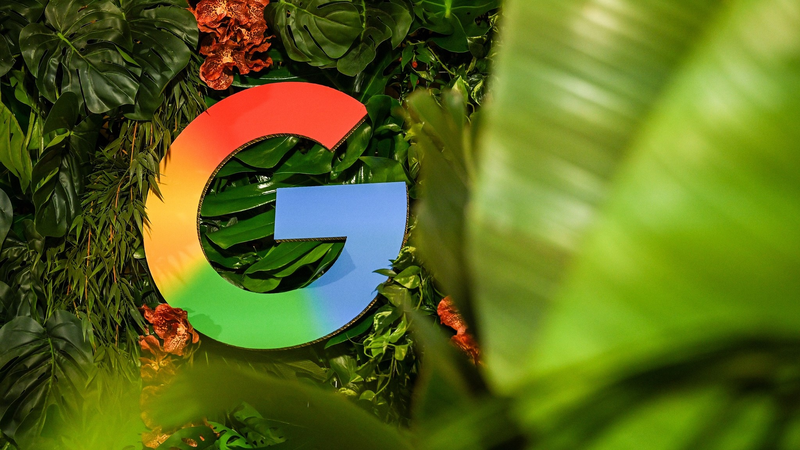In a thrilling milestone for space enthusiasts 🚀, Japan's flagship H2A rocket lifted off for its 50th and final mission early Sunday from the Tanegashima Space Center in Kagoshima Prefecture. The launch, scheduled for about 1:33 a.m. local time, caps over two decades of stellar performance.
The final mission carried the Ibuki-GW satellite—a collaboration among Japan's Ministry of the Environment, the National Institute for Environmental Studies, and the Japan Aerospace Exploration Agency. Designed to monitor greenhouse gases from space, this satellite underscores Japan's proactive approach to environmental sustainability.
Debuting in 2001, the H2A rocket has been a reliable workhorse, successfully delivering numerous satellites into orbit with just one mishap in 2003. Its impressive track record highlights Japan's engineering prowess and commitment to advancing space exploration.
As the H2A retires, attention now turns to the next-generation H3 rocket. With a goal to reduce costs and bolster global competitiveness, the H3 is set to usher in a new era of innovative, cost-effective launches—perfect news for tech-savvy minds and space fans alike!
This transition resonates not just in Japan but with young professionals and tech enthusiasts across South and Southeast Asia, from bustling metropolises like Singapore to dynamic hubs like Bangalore. It’s a vivid reminder that the future of technology and exploration is ever-evolving. Stay tuned for more exciting updates! 🌟
Reference(s):
cgtn.com




